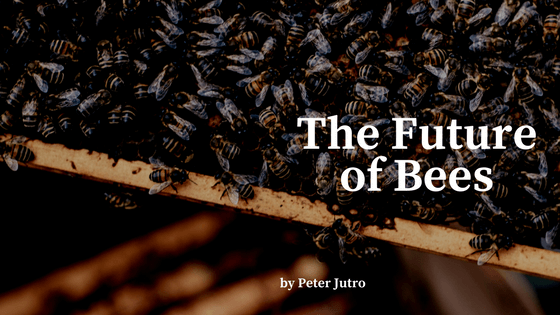Many insects have a reputation as pests, but humanity has always lived in symbiosis with bees. Their honey is among nature’s sweetest treats; more than that, we rely on bees to pollinate many of our crops. Without bees, some 80% of the plants from which we derive vital nutrients would be unable to reproduce.
Over the past decade, experts have wrestled with the very real possibility of bees–and the flora they pollinate–becoming extinct. Since 2007, almost a third of US honeybee colonies have died off each winter, far exceeding the 15% acceptable loss threshold. This costs the farming industry a total of $15 to $20 billion each year, as beekeepers struggle to replace their decimated hive populations, and affected growers attempt to mitigate a lackluster harvest.
Ever since the significant decline in bee populations was first reported, scientists have searched for explanations. Bees were known to be affected by pesticides, changes in nutrition, genetics, and parasites, habitat decline, and diseases like the Israeli Acute Paralysis virus, but in the winter of 2007-2008, it was found that about 50% of the affected hives exhibited symptoms inconsistent with all previously known causes of bee death. The colonies were found largely bereft of worker bees, whose bodies could not be located anywhere near the hive. In these situations, only the queen and her young remained, and they too would eventually perish.
Once a mystery, the phenomenon–branded colony collapse disorder (CCD)–now has several explanations. According to a joint study by the US Department of Agriculture and Environmental Protection Agency, one major cause is the proliferation of the varroa mite, a parasitic species that has developed strong resistances to anti-mite insecticides. The parasitic fungus called nosema represents another major problem for bees.
The threat these problems pose is significant, so much so that the USDA has stepped in, and is now spearheading a federal initiative to control CCD and other contributing factors to bee colony destruction. The CCD Steering Committee, a USDA led group featuring representatives from other government agencies and academia, is currently conducting research campaigns to pinpoint exact causes, reduce hive mortality, and improve bee health.
The data gathered so far has allowed the USDA to begin implementing solutions, including a $3 million subsidy for Midwestern farmers to diversify their crop selection with bee-friendly plants, such as alfalfa and clover. A report by the USDA described several measures that beekeepers can take moving forward, for instance, breeding populations with a focus on genetic diversity and disease resistance. The report also notes a need for coordinated communication between crop growers and beekeepers, so information is spread regarding best practices for pesticide use, and how to keep bees safe from poisoning.
Beyond a governmental approach, citizens interested in revitalizing the bee population are increasingly becoming amateur beekeepers. Instructional programs and seminars on beekeeping are now commonplace in many cities, but the varroa mite is a particular challenge for amateurs, as they do not always implement effective varroa control strategies.

